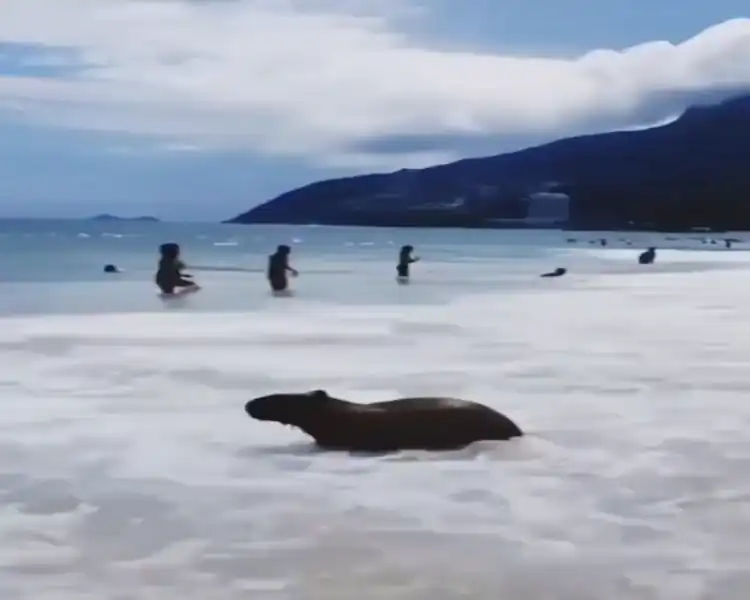
301 Moved Permanently
301 Moved Permanently
Have you ever had that moment when you thought you were heading to the perfect sunbathing spot, only to find out it’s been taken over by a group of otters 🦦, lazily chilling on green pastures? Just like these adorable creatures, some URLs can be… a little migratory 🌍.
What Does This Code Mean?
When you see a “301 Moved Permanently” status code, it’s like an otter waving goodbye 👋, drifting off towards a sunnier coastline 🌊. This status code is the internet’s way of saying: “Hey, this page has moved to a new spot and won’t be coming back!”
A Capybara’s Take on 301
Imagine an otter 🦦 relaxing on lush green fields, suddenly deciding it’s time to move to the coast 🌞 and enjoy the waves 🌊 and the cool sea breeze. Just like this otter, your website can change its habitat (URL) permanently.
Here’s how a 301 redirect works:
- Visitor Traffic: Visitors trying to reach that green page (URL A) unknowingly get redirected to the new beachside spot (URL B) where the page now resides 🏖️.
- SEO Benefits: Search engines, like friendly companions 🕵️♂️, take notice and start associating the new beach home (URL B) with the old one (URL A). This way, you keep all that precious “link juice” 🍹!
Why Embrace the Change?
Even otters need a change of scenery sometimes! 🌿 Moving to a new web address is essential for a smooth visitor experience. Whether you’ve rebranded or simply relocated your digital hideaway, a 301 Moved Permanently code helps your audience follow you to the sunnier shores 🏝️.
So, when the time comes for change, be like an otter who moves to the coast and enjoys the ocean waves 🌊. Just remember to set up that 301 redirect and ensure your visitors come along for the ride! 🦦


